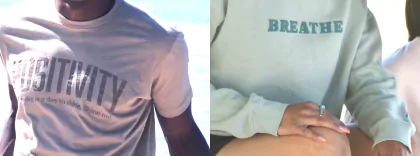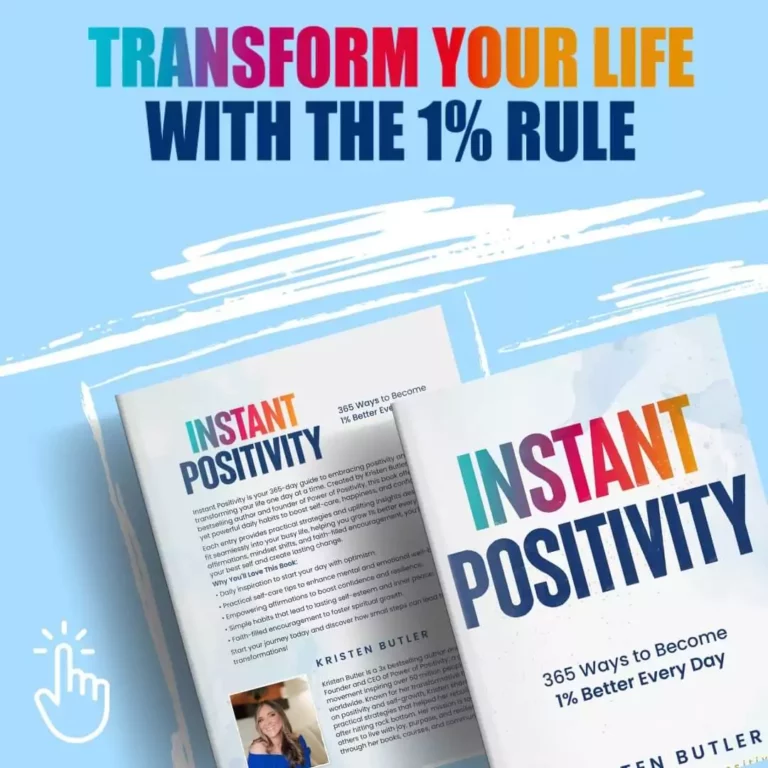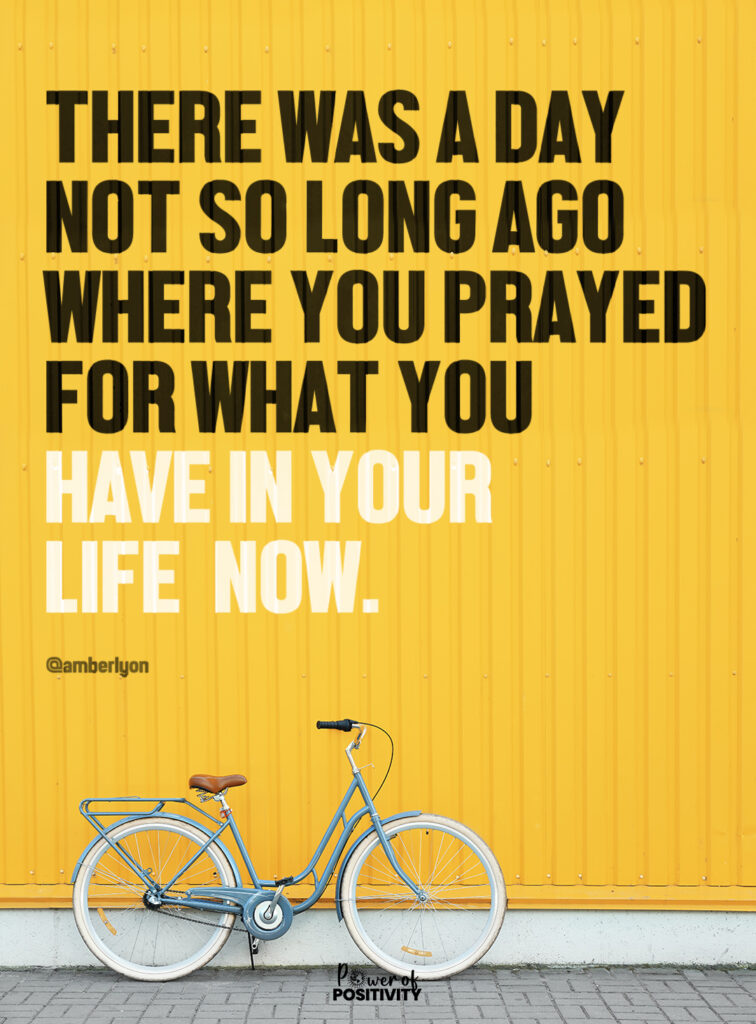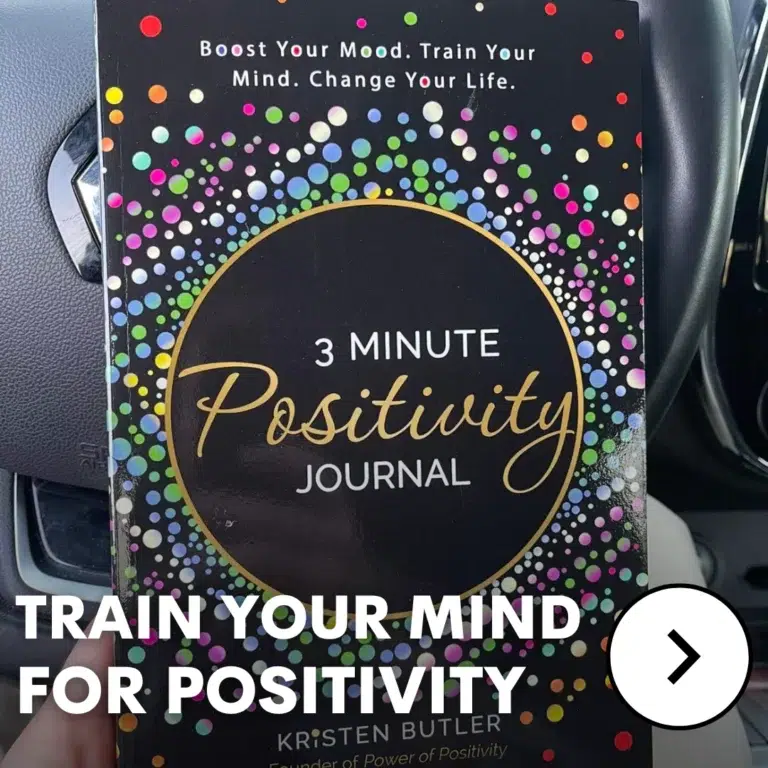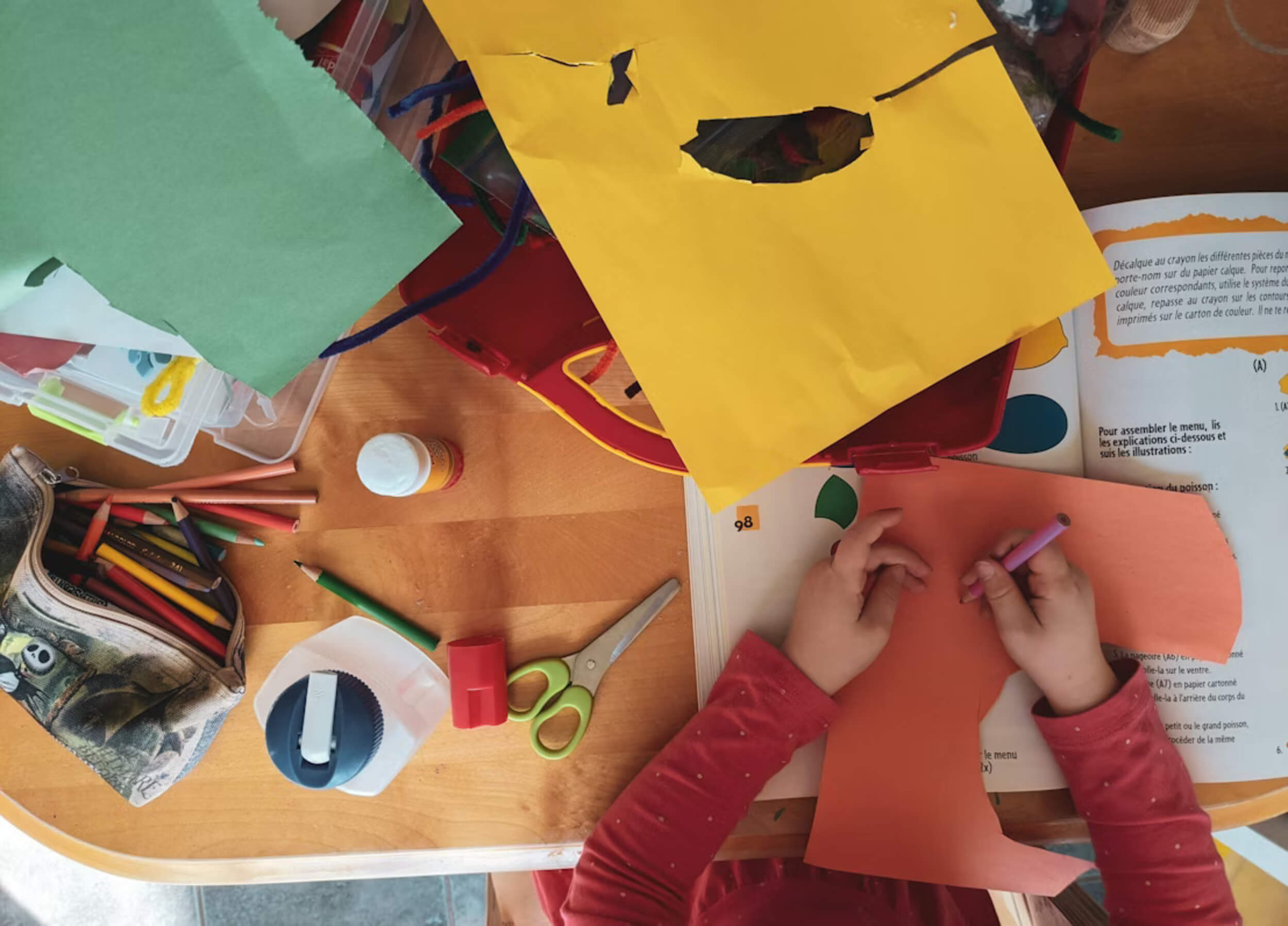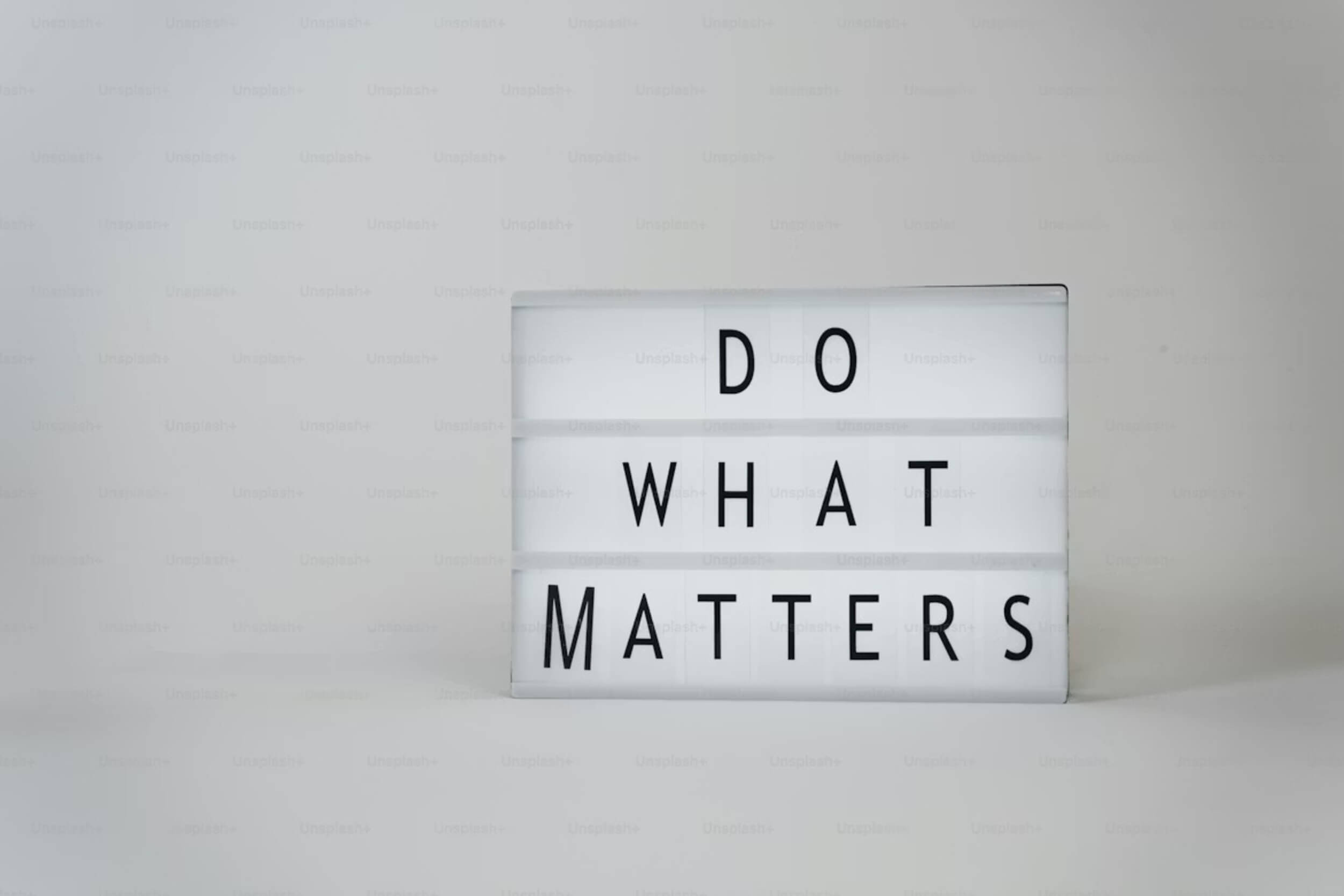Nothing’s more frustrating than feeling like you’re spinning your wheels while life keeps moving around you. That stuck feeling isn’t all in your head—it’s your brain’s way of hitting pause when things feel too overwhelming or uncertain. It often shows up when you’re tired of deciding, unsure what’s next, or just plain worn down. Getting unstuck starts with understanding that this feeling is a signal, not a flaw.
What looks like procrastination is often your brain trying to protect you. It picks routine over risk, even when that routine is keeping you unhappy. Getting unstuck doesn’t mean you need a burst of motivation. It means noticing what’s holding you in place—and finding small, doable ways to shift out of it.
This isn’t about trying harder. It’s about working with your mind, not against it. Once you see stuckness as a signal, not a flaw, the way forward gets a lot clearer.
The Brain on Repeat: Why Familiar Feels Safer Than Progress
Trying to make a change but still doing the same things? That’s not just habit—it’s your brain trying to save energy. The brain has a system called the default mode network that likes routine. It sticks with what’s familiar, even when you’re ready for something new.
There’s also something called “predictive coding.” In simple terms, your brain expects what it already knows, so it keeps feeding you the same thoughts, the same fears, and the same routines. That’s how even the habits that hurt you can still feel oddly safe.
When Familiarity Becomes a Cognitive Cage
Let’s say you want to switch careers. You keep looking at job ads, even update your resume—but never hit “apply.” Why? Because even the idea of change feels risky. Staying stuck feels easier than stepping into the unknown.
Signs you’re caught in repeat mode:
- You say “I’ll start next week” but never do
- You keep thinking about change instead of acting
- You feel safe doing what you’ve always done—even if it’s no longer working
Getting Unstuck starts with seeing the pattern—and choosing one small step to break it.
Emotional Inertia: How Avoidance Fuels Paralysis
Not moving forward often has less to do with being lazy and more to do with feelings you haven’t dealt with. Fear, guilt, embarrassment—these emotions can quietly hold you back. When things get hard, your brain would rather avoid the stress than face it.
You’re not stuck because you’re unmotivated. You’re stuck because your mind is trying to protect you from more discomfort.
Progress Requires Emotional Risk
There’s a name for this: experiential avoidance. It’s when you dodge anything that feels too uncomfortable, even if it means staying unhappy.
Common signs of emotional inertia:
- You avoid decisions because they make you anxious
- You put off change because of past failure
- You talk yourself out of things before you even try
Getting Unstuck often means feeling the discomfort and doing it anyway. That’s where real change begins.
Identity Cling: When Growth Threatens Who You Think You Are
Sometimes what holds you back isn’t the task—it’s the fear of no longer being “you.” When you’ve spent years being the dependable one, the careful one, or the strong one, the idea of doing something new can feel like losing yourself.
Change messes with your sense of identity, and that’s enough to make your brain pump the brakes.
The Hidden Cost of Self-Consistency
This inner tension is called cognitive dissonance. You want the change, but part of you doesn’t believe it fits the story you’ve always told yourself.
You might be stuck here if:
- You say “that’s just not me” even when you want to try something new
- You fear what others will think if you do things differently
- You feel selfish for choosing growth over old roles
Getting Unstuck means letting go of outdated labels and giving yourself permission to shift who you are becoming.
Systems Over Willpower: Why Structure Frees You Faster Than Motivation
Waiting for motivation is a trap. What most people need instead is a system—something simple and solid that makes doing the right thing easier, even when motivation runs low.
Think of structure like bumpers in a bowling lane. You don’t need to be perfect. You just need a setup that keeps you from going off track.
Environment as an Ally, Not an Obstacle
What’s around you matters more than you think. If your desk is cluttered, your to-do list is a mess, and your phone is constantly buzzing, it’s no wonder your brain stays in idle.
Build structure with small shifts like:
- Blocking out work time on your calendar
- Using reminders or habit trackers
- Asking someone to check in with you once a week
Getting Unstuck gets a whole lot easier when your surroundings help you succeed.
Make It Smaller: The Psychology of Tiny Leverage
Big goals sound inspiring, but they’re often what keep people frozen. When something feels too big, your brain sees it as a threat and shuts down. That’s why tiny actions are so powerful.
You don’t need a full plan. You just need one tiny move that feels easy enough to try—right now.
Why Your Brain Trusts Small Moves First
Each small win tells your brain, “This is safe. We can handle this.” That’s when motivation starts to build on its own.
Smart ways to keep it small:
- Write one sentence instead of a full page
- Clean one drawer instead of the whole room
- Take a five-minute walk instead of aiming for an hour
Getting Unstuck isn’t about huge effort. It’s about the smallest action your brain doesn’t fight—and doing it again tomorrow.
Forward Momentum Requires Friction – But Not Burnout
Progress doesn’t always feel smooth. In fact, a little pressure is part of what moves you forward. But there’s a line between healthy effort and burning out. Pushing too hard leads to stress that shuts your brain down. The goal isn’t to remove all friction—it’s to work through the kind that helps you grow.
Rather than packing your day from morning to night, start thinking about your energy—not just your time. It’s not how many hours you put in. It’s how well you’re able to focus and reset.
Rest as a Strategic Move, Not a Reward
Rest isn’t something you earn. It’s something your brain needs to stay sharp. A short break can improve your thinking more than an extra hour of grinding.
Try these simple habits:
- Take a 15-minute screen break every few hours
- Protect one “no-meeting” block each day
- Stop treating sleep as optional
Getting Unstuck sometimes starts with slowing down—so your brain has the fuel to move again.
Stop Thinking, Start Testing: How Action Breaks Mental Loops
Waiting for the perfect time, the perfect plan, or the perfect idea? That’s where most people stay stuck. The more you think about what could happen, the harder it gets to act. This is called analysis paralysis, and it’s one of the biggest blocks to forward motion.
Action doesn’t need to be perfect. It just needs to happen. Movement gives your brain something new to work with—and that’s when clarity shows up.
Movement > Insight When You’re Stuck
A half-finished draft teaches you more than a month of overthinking. The first messy version of anything is better than the best plan that never happens.
Ways to take quick action:
- Test one part of your idea, not the whole thing
- Ask for feedback early instead of waiting
- Set a 10-minute timer and start, even if you don’t feel ready
Getting Unstuck usually means doing something before you feel certain. Certainty comes later.
Borrowing Bravery: You Don’t Have to Go It Alone
Courage doesn’t always come from within. Sometimes, you borrow it from people around you. Talking to someone who believes in you—even just a little—can make it easier to try something new. This is called co-regulation, and it’s backed by science. When we feel supported, our brains handle risk better.
Mentors, friends, or even online communities can remind you that you’re not alone in feeling stuck.
It’s Easier to Move When Someone’s Watching
Just knowing someone will check in can keep you going. It’s not about pressure—it’s about feeling seen.
Ways to borrow courage from others:
- Join a support group or class
- Set up weekly check-ins with a friend
- Talk to someone who’s already done what you’re trying to do
Getting Unstuck doesn’t have to be a solo project. Let someone stand beside you while you take the first step.
Final Thoughts: Getting Unstuck is a Practice, Not a Breakthrough
Change doesn’t have to be a big moment. Most of the time, it’s a slow shift—one small move at a time. Getting unstuck isn’t about fixing your whole life overnight. It’s about creating just enough motion to stop feeling stuck in place.
That feeling of being stuck? It’s not the end of the road. It’s just a sign. A signal that something needs to shift, not proof that something’s broken.
Pick one small thing from this list—just one. Try it today. Maybe it’s a five-minute action, a short rest, or talking to someone. Whatever it is, keep it simple. Forward is forward, even when the step is small.
Getting unstuck isn’t something you wait for—it’s something you practice. And the good news? You don’t have to get it right. You just have to get it going.
